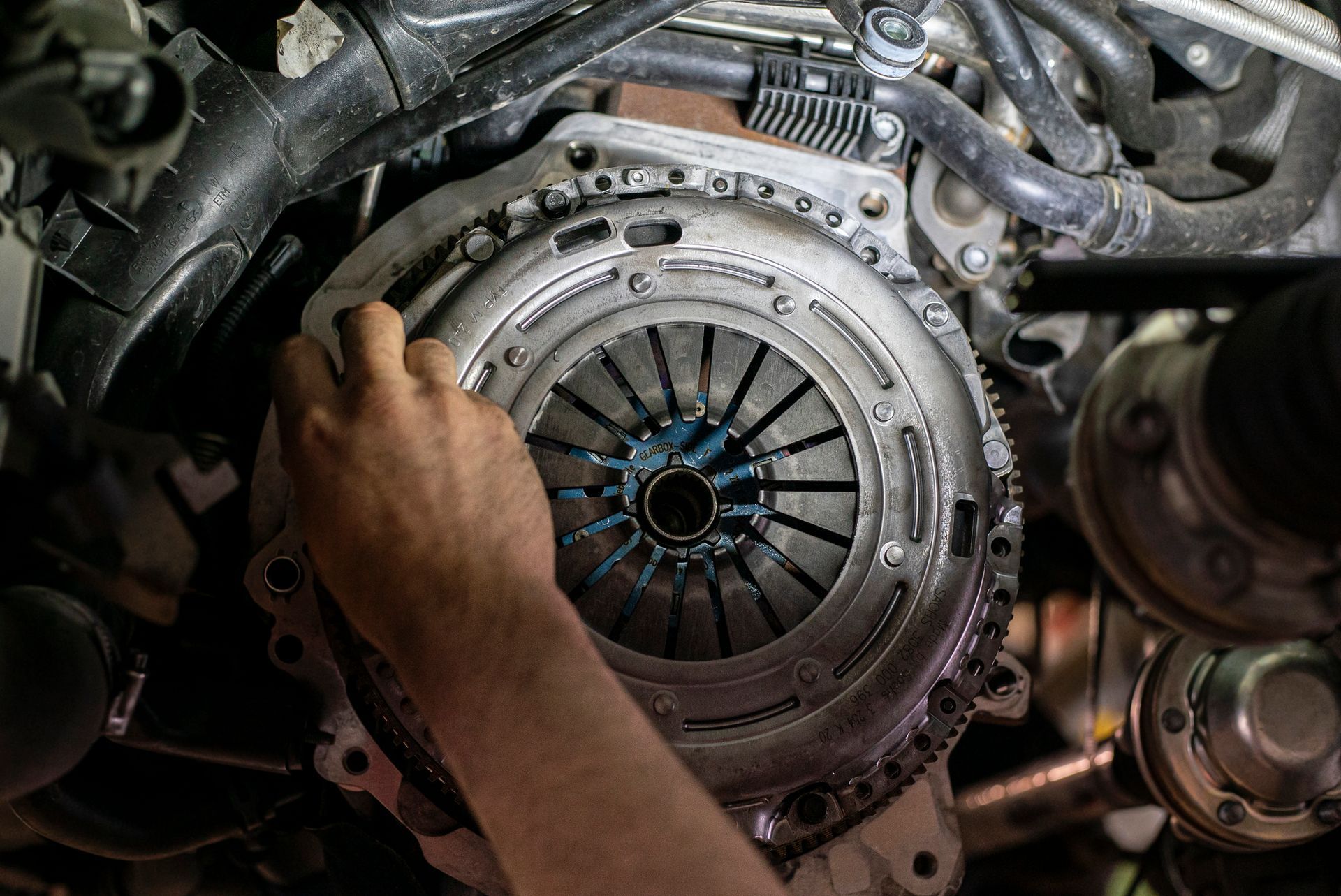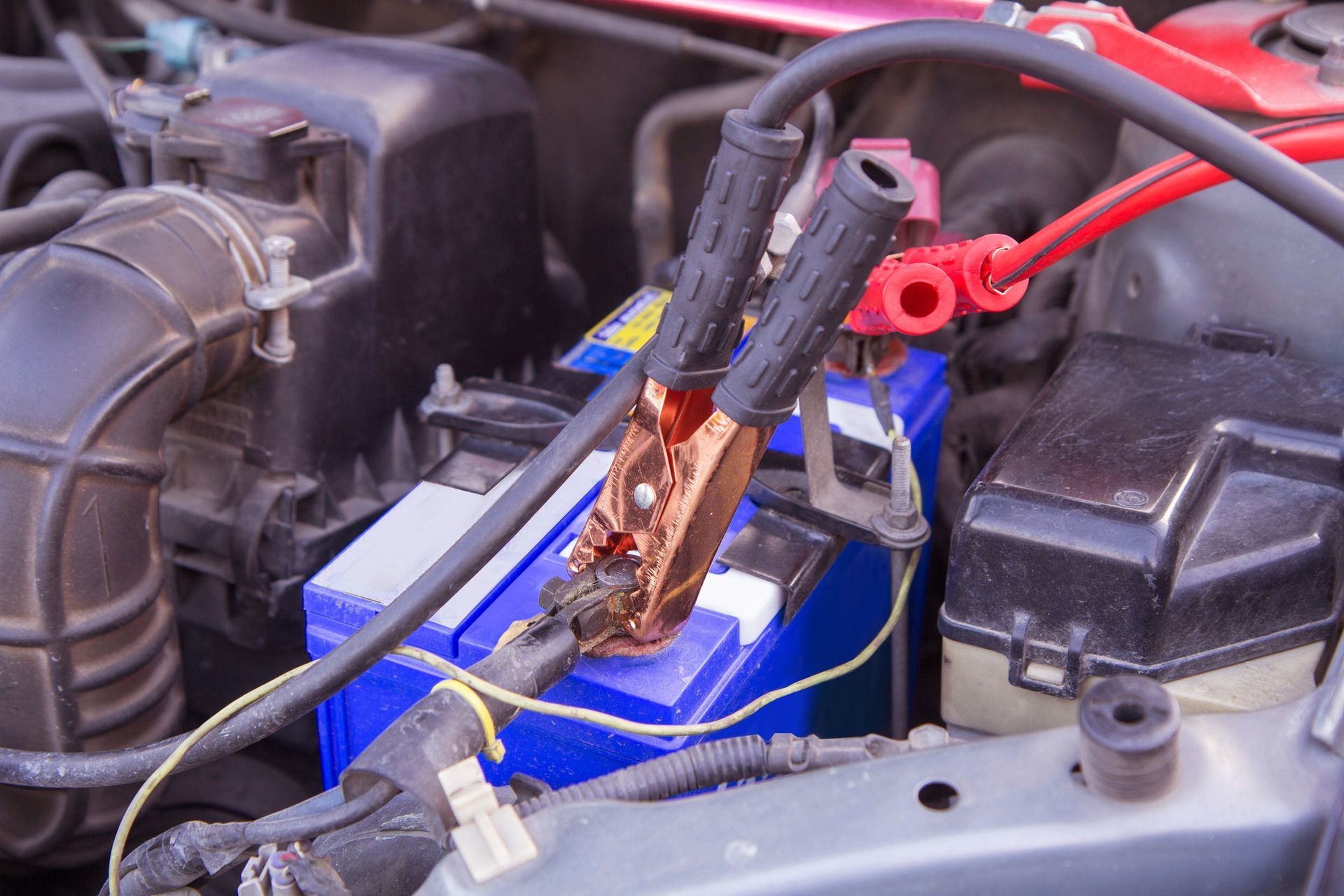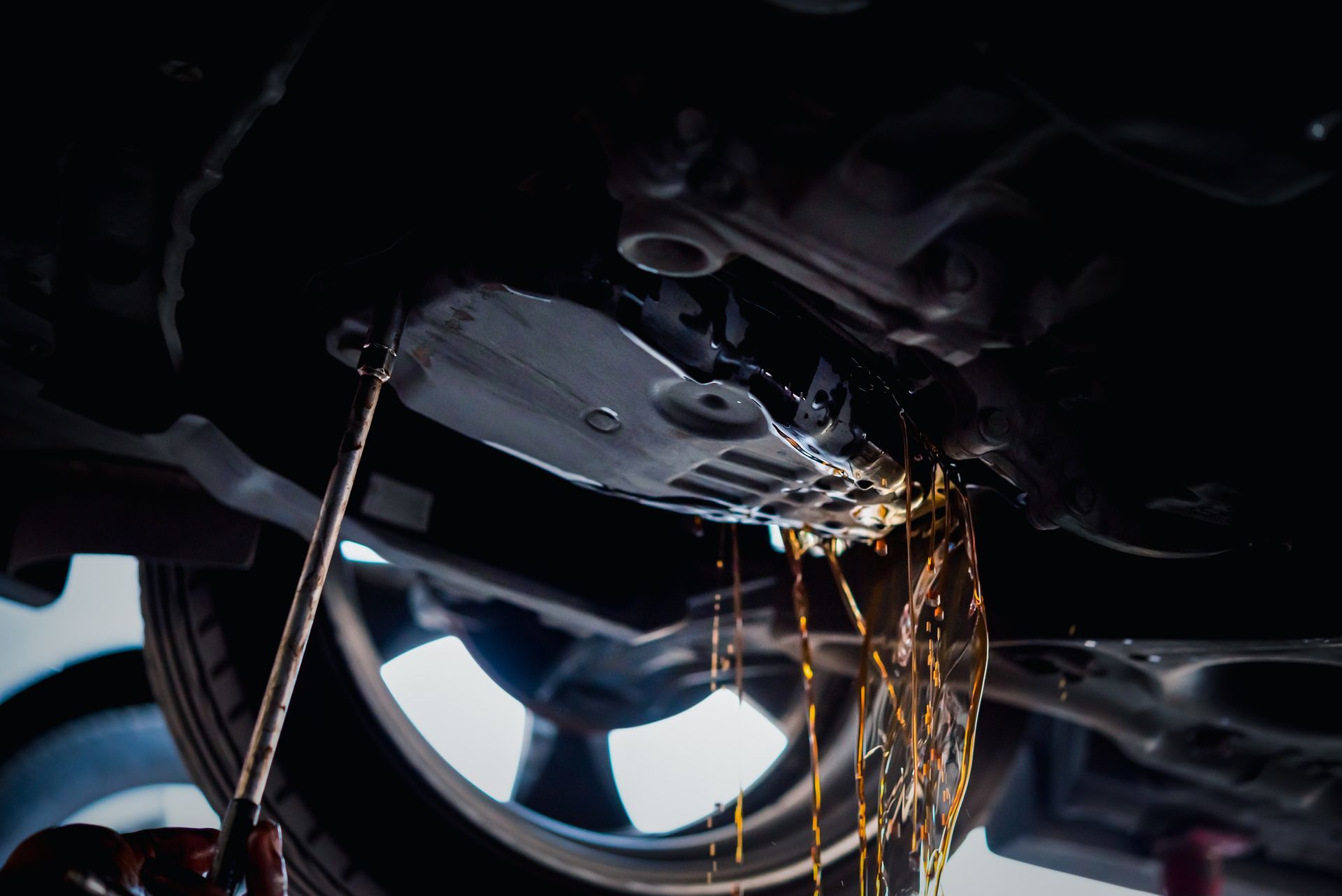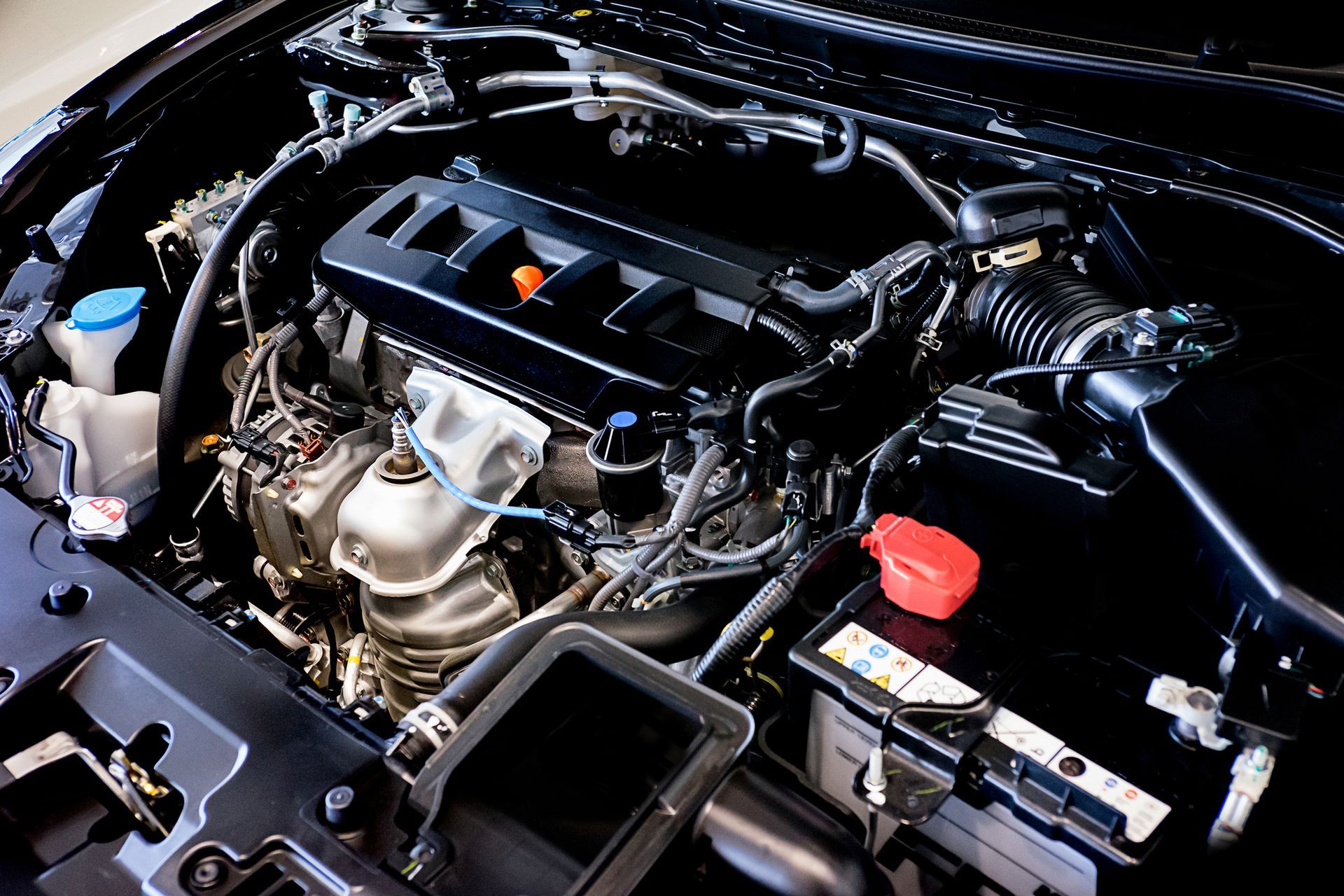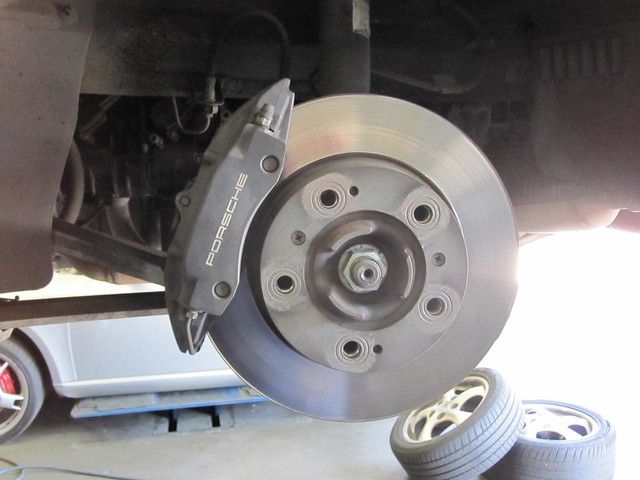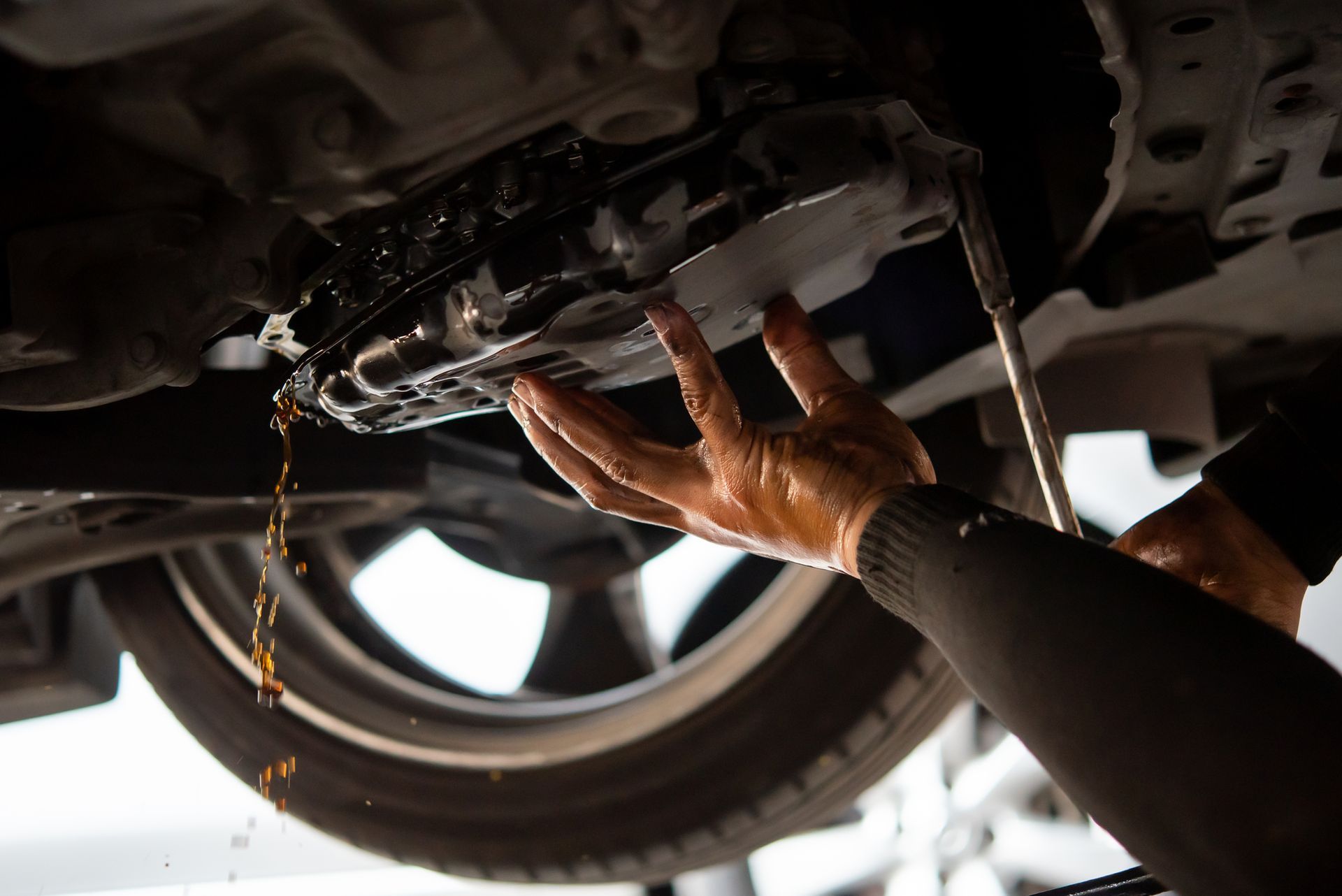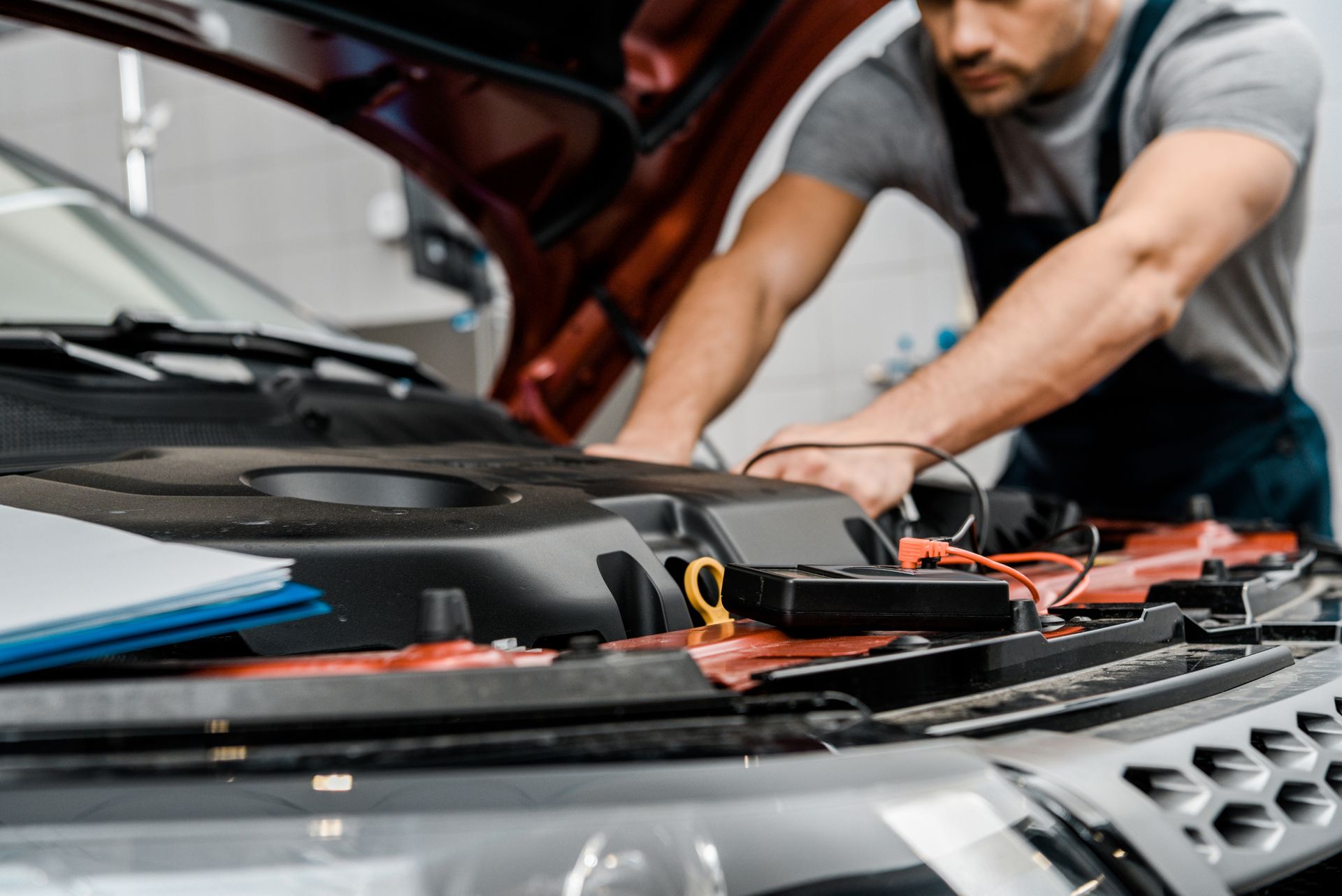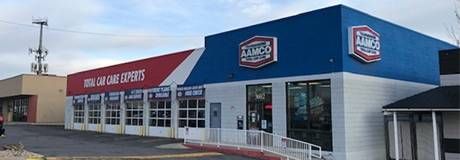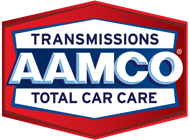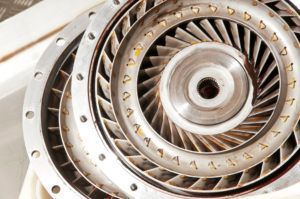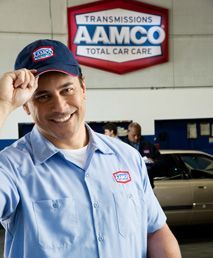What is a Torque Converter?
In an automatic transmission a torque converter transmits power generated by the engine to the transmission.
The torque converter pressurizes the automatic transmission fluid, which is pushed through the transmission to create the force needed to shift gears and transmit power to the drivetrain to turn the wheels. Without a torque converter, your automatic transmission won’t work. It allows a vehicle with an automatic transmission to come to a stop and not stall. Manual transmissions use a clutch to disengage the engine from the gears when the car stops, but automatic transmissions use a torque converter. A fluid coupling, or fluid hydrodynamic, allows the engine to spin independently of the transmission. This way the engine can keep running when the car is stopped.
The level of torque in the converter is low when the engine is idling, but it’s still enough to require pressure on the brake pedal to stop the car from creeping. When you let off the brake and step on the gas, the engine speeds up and pumps more fluid into the torque converter, causing more power – or torque – to be transmitted (via the transmission and drivetrain) to the wheels.
How does a torque converter work?
There are three primary parts in an automatic transmission torque converter:
1. Impeller Pump
The impeller pump , also known as the pump, is filled with transmission fluid and spins with the engine crankshaft. The faster the impeller spins, the more force is created as the fluid flows through it faster and harder.
2. Stator
The stator is the “middleman” of torque converter. The stator is the part that reverses the transmission fluid and sends it from the turbine back to the impeller, thereby slowing the fluid. As the transmission fluid reverse direction and returns to the impeller to keep the cycle going, torque is created. The stator is what makes a torque converter a torque converter, or multiplier. If you take out the stator, the torque converter can not multiply the torque.
3. Turbine
The turbine is attached to the drivetrain via a spline – a rectangular key that fits into grooves in the hub and input shaft of the transmission, which allows rotation of the wheel on the shaft. When the turbine moves, the car moves. The turbine consists of a series of blades into which the transmission fluid is pumped by the impeller. The turbine is situated opposite the impeller and rotates as the fluid from the impeller hits the turbine blades. The fluid is constantly transferred from the outer section to the inner section of the turbine, then back to the impeller. This constant circulation of fluid from impeller to turbine, then back to impeller, creates a fluid “coupling.”
What are signs of a bad torque converter?
A bad torque converter might seem like transmission failure.
There are some key signs to be aware of that can give you some hints at what the problem might be. Instead of general conclusions about “transmission trouble” you might be able to narrow it down. Use the follow signs as clues to getting more information, so when you go to your mechanic you can describe what is going on. This will help in the diagnosis.
Slipping gears might not be the gears at all, but the torque converter.
A damaged fin in the torque converter can cause the transmission to falter as it shifts. Sometimes the transmission will slip completely out of gear. This is due to the torque not being converted into the hydraulic pressure required to make the transmission shift gears. Slipping can also be caused by too little or too much fluid in the transmission.
Shaking and shuddering can mean a bad torque converter clutch.
If your car shakes, shudders, or vibrates a lot it could mean the torque converter lockup clutch Lockup clutch or torque converter clutch: When the clutch engages, it locks the engine to the transmission input shaft, creating a direct 1:1 drive ratio. is failing or needs adjustment. The car will shake at speeds of about 35-45 miles per hour – you won’t miss it. It feels like you’re driving on a really bumpy or grated dirt road with a lot of ridges. A worn out lockup clutch can make acceleration and going into cruising speed pretty rough – and it’s a sign you need to have your transmission checked.
Overheating probably means low transmission fluid.
If your car overheats a lot, check the transmission fluid – it might be low, which could cause major damage. Low transmission fluid results in low pressure, which means the torque converter can’t do its job. Low fluid can also cause the torque converter to malfunction. If the converter is overheating or completely malfunctioning, it won’t be able to transfer power from the engine to the transmission. The result is poor acceleration and excess wear on the transmission.
High stall speeds might mean a problem with the torque converter clutch solenoid.
As well as slipping and other issues, a malfunctioning torque converter will cause the transmission to take longer to engage with the engine. This could be caused by a faulty torque converter clutch solenoid (TCC). The fluid pressure that applies and releases the torque converter lockup clutch is controlled by the TCC solenoid. If this is not functioning properly, it results in slipping and stalling. If your car is slow to engage and accelerate, it might be that the solenoid is not managing the fluid properly, which hinders the torque converter’s ability to perform.
Strange sounds, vibrations, and abnormal performance are always a sign of something troublesome…
Any weird sounds such as clicking, revving, clunking, or whining indicate possible problems with the torque converter – or the transmission. Whatever the case might be, you won’t know until you pay attention to those warning signs. Bring your car to a qualified expert transmission technician at your local AAMCO Utah transmission service center.
How much does it cost to replace a torque converter?
Torque converter repairs and replacements usually require a significant amount of labor, but first a thorough diagnosis is needed to help get to the heart of the matter and make sure that is what is really needed. At AAMCO that is exactly what our trained, certified technicians do, and we don’t perform any work until we’ve found the problem and discussed your options with you. Many of our centers offer financing plans.
AAMCO Utah – Your Transmission Experts
A complete transmission diagnostic and inspection is the first step to peace of mind.
Visit an AAMCO Utah transmission repair and total car care center near you for a complete transmission diagnostic. When you need transmission repair, rebuild, or replacement schedule an appointment before it’s too late.
If you have questions about your car’s performance or other issues, or about car repair and maintenance topics, AAMCO Utah can help. You can find the nearest center and give us a call or book an appointment online.
Book an Appointment

The post What is a Torque Converter? first appeared on AAMCO Utah Transmission Repair and General Car Repair.
Share
